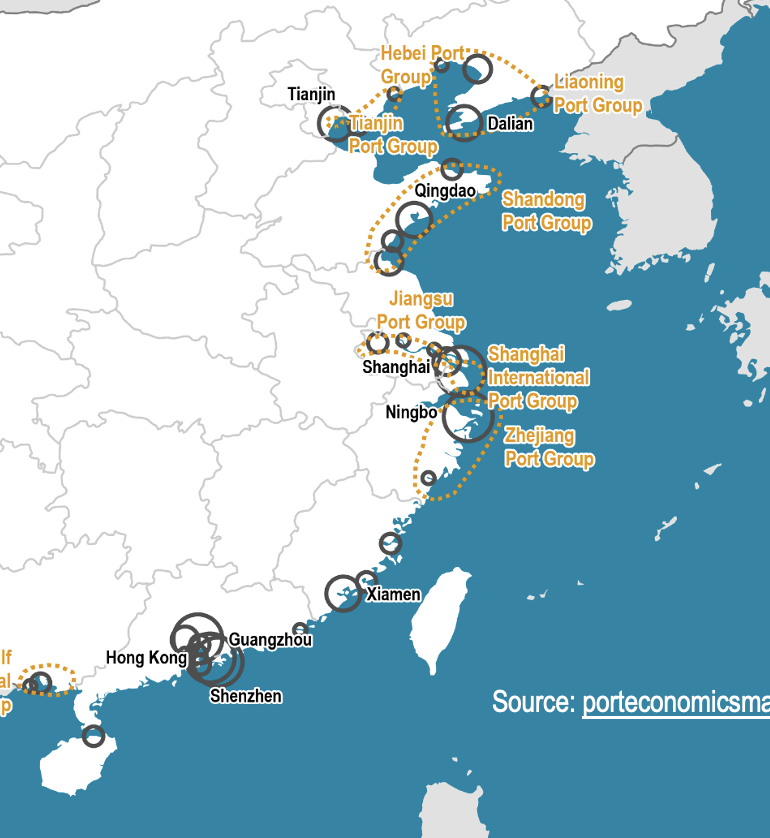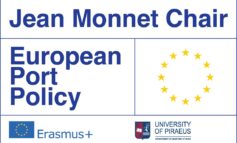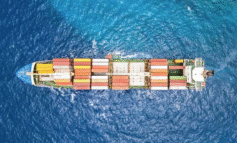In recent years we have witnessed the reformulation of Port Authority strategies, intending to serve better a growing maritime trade and increased demands for resilience and sustainability of maritime supply chains. Among the adjustments taking place is the advancement of collaboration between the managing entities of ports and, more recently, the expansiofn of Port Authority mergers, mostly involving ports in proximity.
Today, port mergers at the national or regional level can be found worldwide. Some concern ports of similar sizes, such as the Ningbo-Zhoushan port in China or Hamina-Kotka in Finland. In other cases, larger port authorities merge with smaller ones, such as Port Metro Vancouver in Canada (Vancouver and Fraser), Valenciaport in Spain (Valencia, Sagunto, and Gandia), the integration of the port of Dordrecht in the Rotterdam Port Authority (the Netherlands) and the recent (2022) merger between the ports of Antwerp and Zeebrugge (Belgium).
There also exist cases of integration of port authorities at a regional level, such as the creation of port system authorities in Italy and the integration of Chinese ports at the provincial level. Cross-border mergers of port authorities are rare, with Copenhagen Malmo Port (Denmark/Sweden) and North Sea Port (Belgium/the Netherlands) forming notable exceptions.
The theme of the recent port study by PortEconomics members Theo Notteboom, Thanos Pallis and Jean-Paul Rodrigue analyze the mechanisms coordinating Port Authority mergers.
The study was presented at the 29th Annual Conference of the International Association of Maritime Economists (IAME) held in Busan, Korea – download the presentation and enjoy the reading
Although some of the conventional merger and acquisition drivers may apply to the port industry, there are also unique characteristics that require a different framework. For example, port authorities and the terminals under their jurisdiction are heavily spatially bounded entities, creating a series of constraints and opportunities for their integration and operations.
Examining the drivers, the typology, and the variety of the PA mergers taking place around the globe allows a better understanding of the observed port governance regionalization. It considers the spatial and functional expansion of port governance via entities managing ports located in broader geographical regions and assuming an expanding role in planning, developing, and managing multiple ports.
These mergers also imply some level of disconnection between the traditional focus on a port as a continuous spatial entity and its associated port management system which now spatially expands beyond a single confined port area.












